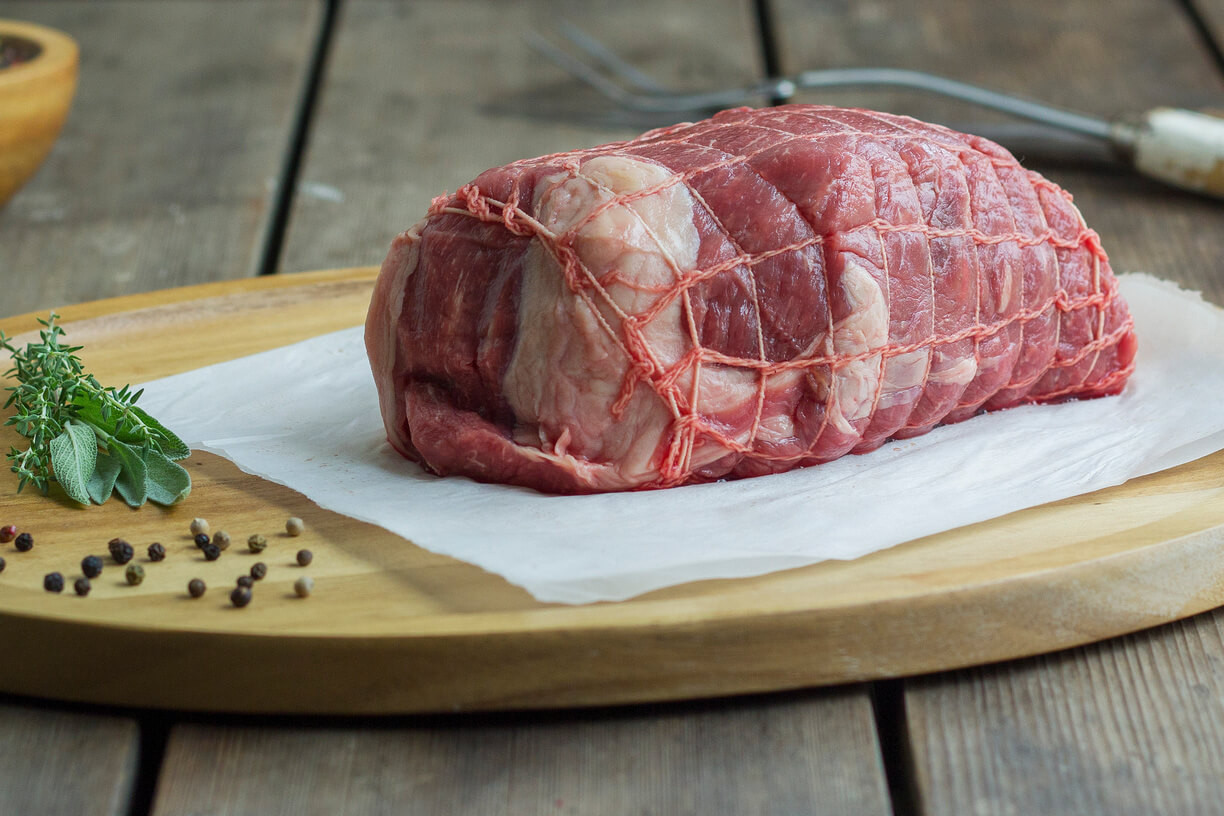Part 1: The Striking Contrast of Two Systems
posted on
November 2, 2024
Good Morning from the farm!
Do you ever wonder if it is worth it? I mean, the effort and cost of buying 100% grass-fed beef directly from a farmer that you trust... for the supposed health of your family and the environment?🤔
Today I want to take you on a journey of comparing two systems of raising beef. My goal is that after reading about these systems, you can decide for yourself — which system aligns with my goals and values?
The Modern Cow 🐄🌽
I will say right up front that it is not my intent to criticize or demonize how the industry raises cattle. It is a system that focuses on efficiency and cheap food to meet the demands of the consumer. It is good to remember, however, that cheap food comes with some pretty significant hidden "costs"...
This is a system that is based on inputs, chemicals... and killing things.
Most beef cattle are actually raised on pasture for around the first year of their life! However, the management of the pastures is where some of the problems start.
This is because many cattle are grazed in just one or two pastures all summer long (rather than being frequently moved to new pasture) resulting in overgrazed pastures and health issues.
This starts the cycle...
- There are weeds growing in the pasture (since it was overgrazed) so we'd better kill them with a chemical herbicide...
- The grass doesn't produce very well because of the overgrazing, so we'll apply synthetic nitrogen...
- There are too many flies because the cows aren't moving away from their manure, so we'd better kill the flies by applying insecticides to the cattle. Also, make sure you switch up which ones you use so the flies don't develop resistance...
- The cows have parasites from grazing the grass too short so let's give them a de-wormer...
- The de-wormer kills the dung beetles so now the manure isn't getting cycled back into the system as well and the flies have better breeding opportunities.
- Give the cows several vaccines while they are pregnant to boost the immunity of the calves so that they don't get sick
- Vaccinate the calves with multiple vaccines and boosters
Following their time on pasture, the cattle are moved to a feedlot or CAFO (concentrated animal feeding operation) where they are fed a diet high in grains and byproducts - such as an ethanol byproduct called corn gluten.
These feedlots house thousands of cattle all in one location with some of them being in the tens of thousands! (there are small feedlots, but the majority of beef in the US is from the large ones)

Now you have MORE inputs, chemicals... and killing things...
- The animals are more prone to disease since the grain makes their stomachs acidic and they are in close quarters — so make sure to give the vaccines and antibiotics they need to stay healthy.
- The grain production requires lots of killing — insecticides, fungicides, herbicides....
- You have to apply synthetic fertilizers to grow the grain. Some of the applied fertilizers leach into the runoff water causing algae blooms and the dead zone in the gulf of Mexico.
- The farming practices tend to degrade the soil — resulting in a need for more fertilizer...
- You have to haul all of the feed to the cattle, using diesel fuel.
- All of the manure has to hauled away from the feedlot, using diesel fuel.
- The manure tends to be overapplied to the surrounding land so it doesn't have to be hauled as far — resulting in more water quality issues...
- The degraded soil doesn't soak in water as fast — resulting in more flooding.
- There is less water stored in the soil making the land more vulnerable to drought.
- The methane and CO2 that the cows emit go into the atmosphere adding more greenhouse gasses — since there isn't a healthy pasture acting as a "carbon sink".
Following its time in the feedlot, the beef is processed and available at the supermarket for you to buy at a GREAT PRICE!
But what is the TRUE COST???
Next week I'll share part two about a system that is based on working in-sync with nature to promote LIFE and HEALTH — In the soil, the environment, the animals, and YOU!😀
Until next time,
~ Corbin
Prairie Creek Pastures




